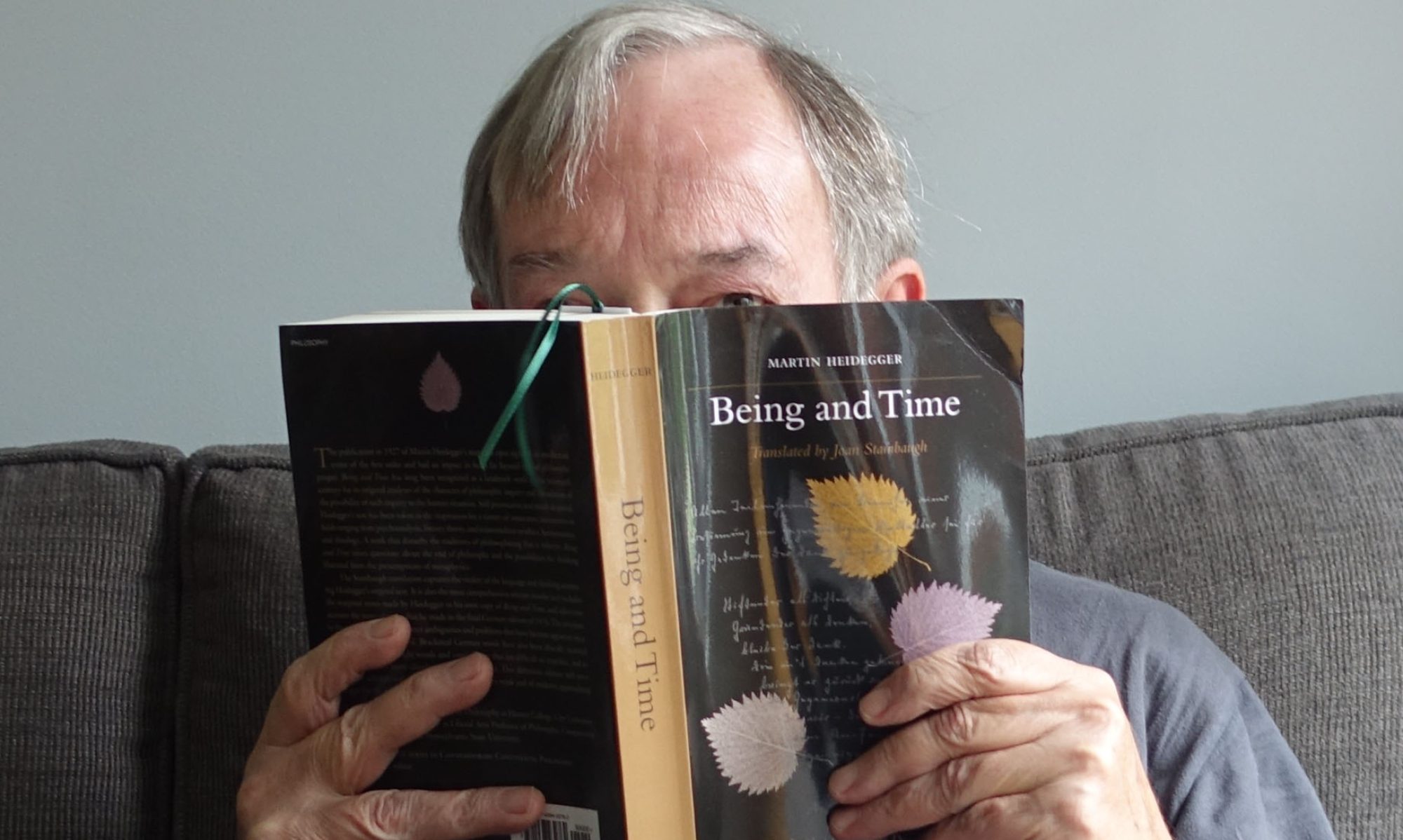In the Lindy Chamberlain case (famous as “A Cry in the Dark”), one of the scientists who testified that she found “foetal blood” in 22 areas of the Chamberlain’s car, destroyed all the original tests and photographs before the trial.
Should we say, someone who “claimed” to be scientist? Or remark on the fact that it was the policy of the lab to destroy original tests and photographs immediately after analysis had taken place? Is there any reason to do this, other than to ensure that no one can contradict your testimony?
On February 22, 1984, the Australian High Court confirmed the conviction.
Someone ought to place a monument in front of the court building to this event: and every Justice should look at it and think about it as he or she enters the building to hear cases. We were wrong.
The Chamberlain case is a sharp tear at the fabric of self-deceit we practice in so-called civilized countries: when it comes right down to it, we don’t much care for facts and science when there is a witch to be burned.
Similar cases, that might give you pause: The McGann case in Portugal, and the infamous Jon-Benet Ramsey case in Boulder, Colorado.
